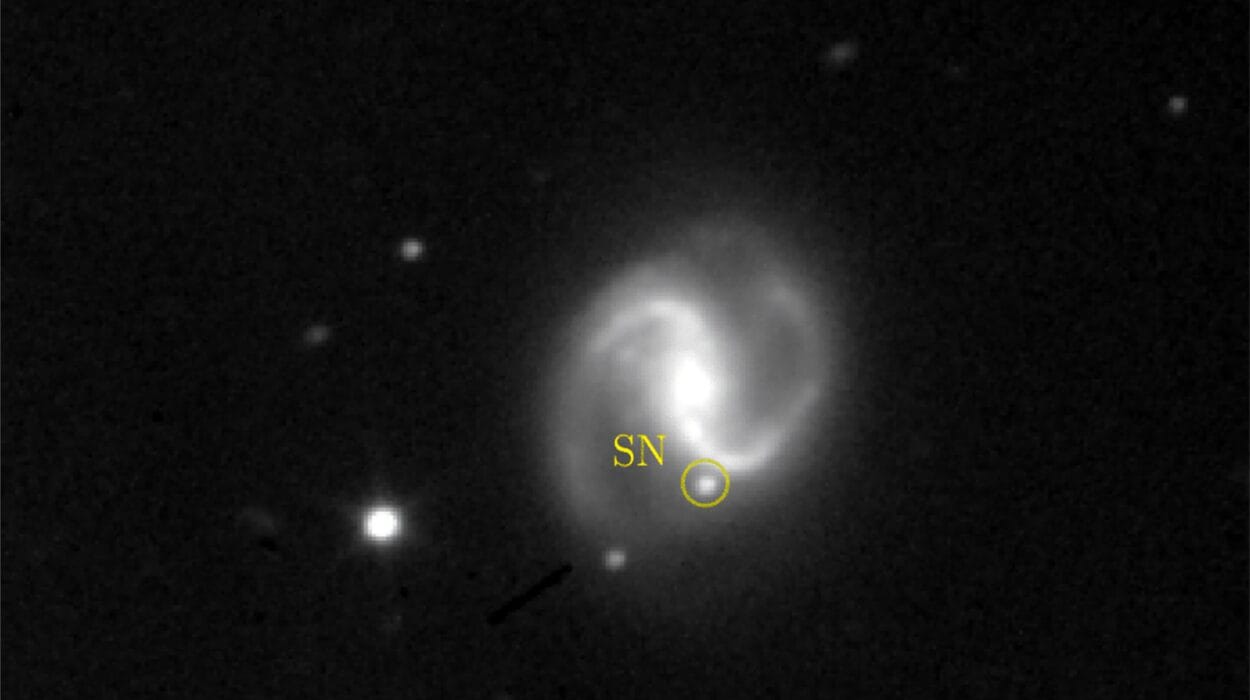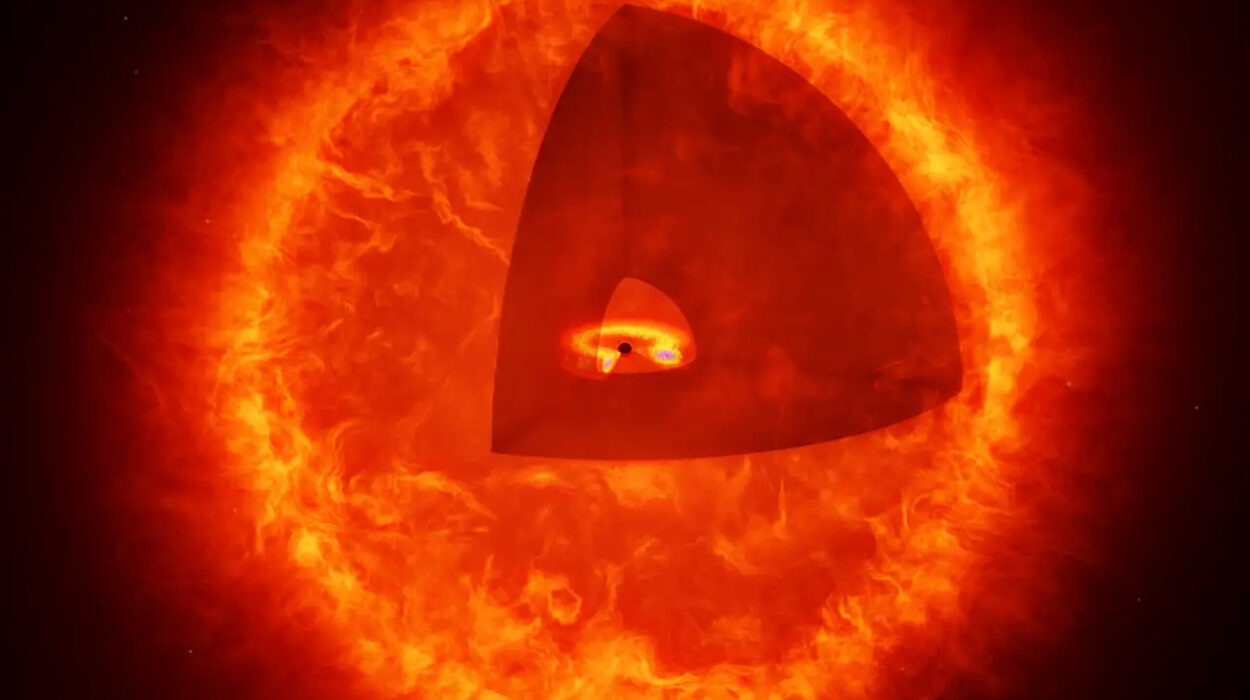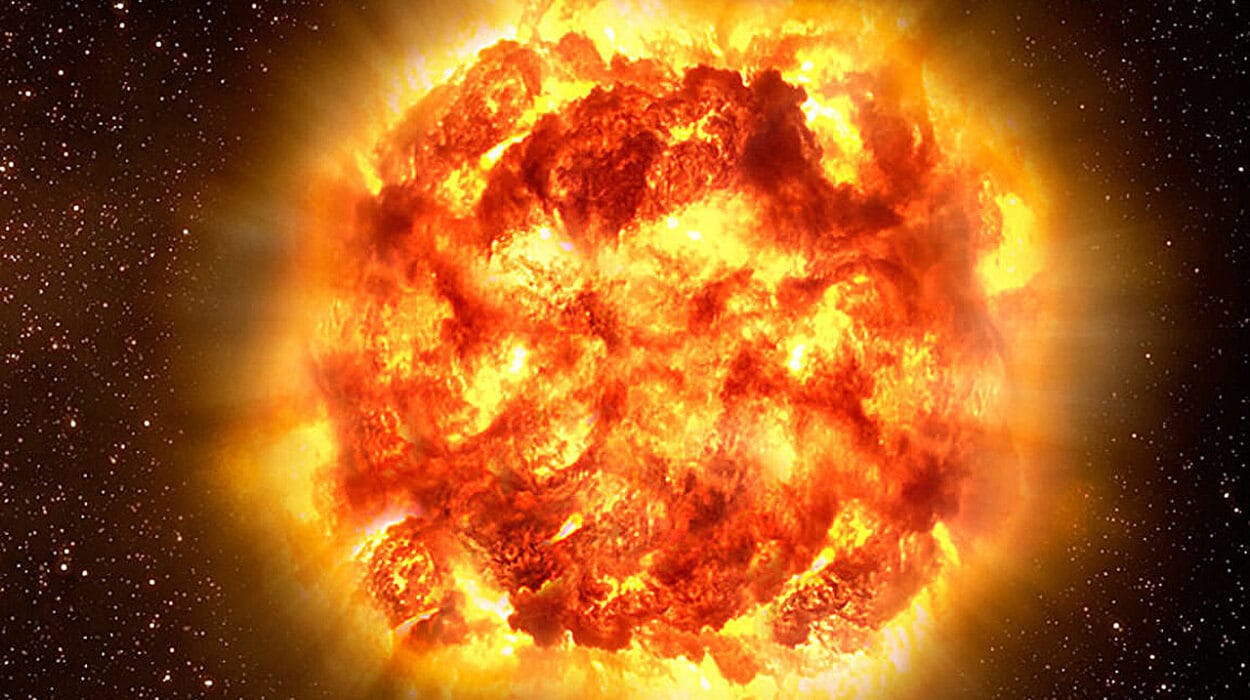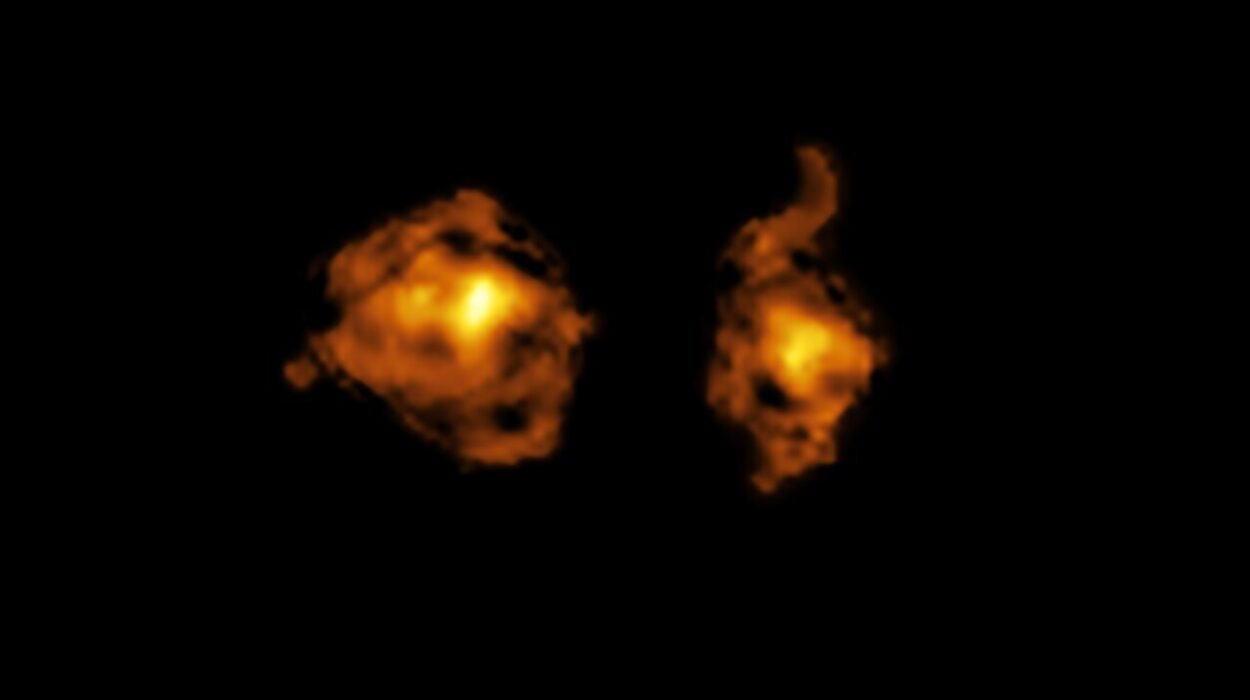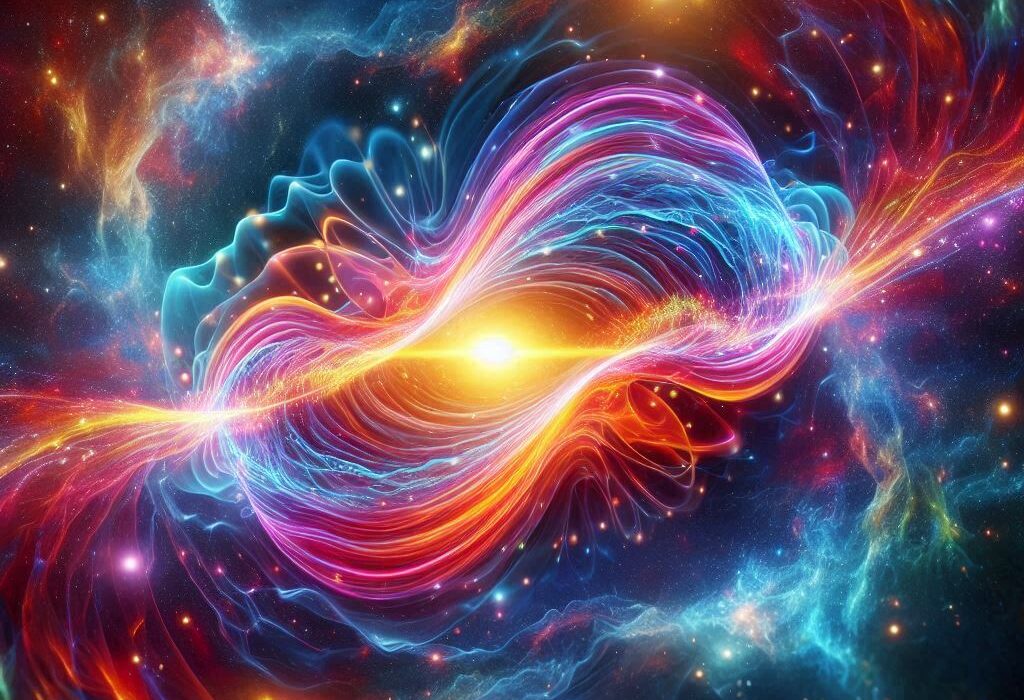For centuries, humanity has gazed up at the stars in wonder, tracing constellations and dreaming of the origins of the universe. Yet the true story of star formation, as astronomers are now discovering, is more dynamic—and more explosive—than we ever imagined. A new study published in Astronomy & Astrophysics reveals a groundbreaking glimpse into the early life of our Milky Way: the identification of four previously unknown primordial open cluster (OC) groups, forged not in isolation, but through a cosmic cascade of supernova explosions.
These open cluster groups, ancient and vast, are more than just beautiful arrangements of stars. They are the fossilized fingerprints of violent stellar deaths, echoing through space and time to seed the birth of new stellar siblings. The study, led by researchers from the Xinjiang Astronomical Observatory (XAO) of the Chinese Academy of Sciences, along with collaborators from the Shanghai Astronomical Observatory, Yunnan Observatories, and the University of Heidelberg, offers a dramatic new model of how stars—and by extension, galaxies—are sculpted by stellar feedback on a grand scale.
The Enigma of Open Clusters: Not So Isolated After All
Open clusters are typically loose gatherings of stars, numbering from a few dozen to several thousand, all born from the same massive cloud of gas and dust known as a giant molecular cloud (GMC). These clusters, unlike their denser cousins the globular clusters, are short-lived in cosmic terms, dispersing over hundreds of millions of years as their stars drift apart.
Until now, astronomers believed that most open clusters formed more or less in isolation, each one the product of a single collapse event within its parent GMC. But this view has been challenged by the discovery of four primordial open cluster groups, or associations of open clusters that share a common birth environment and a connected evolutionary path.
In particular, two of these groups—named G1 and G2—display a remarkable property: their formation appears to have been hierarchical and sequential, driven by multiple supernova explosions. This evidence suggests that instead of forming in a quiet corner of the galaxy, these clusters were born amid turbulence and fire, in a galactic nursery rocked by massive stellar deaths.
Decoding Galactic Fossils with Gaia
To uncover the origins of these mysterious clusters, the research team turned to one of the most powerful astronomical tools of our time: the Gaia space observatory. Launched by the European Space Agency, Gaia has mapped more than a billion stars in unprecedented detail, capturing their positions, motions, and distances across the galaxy with exquisite precision.
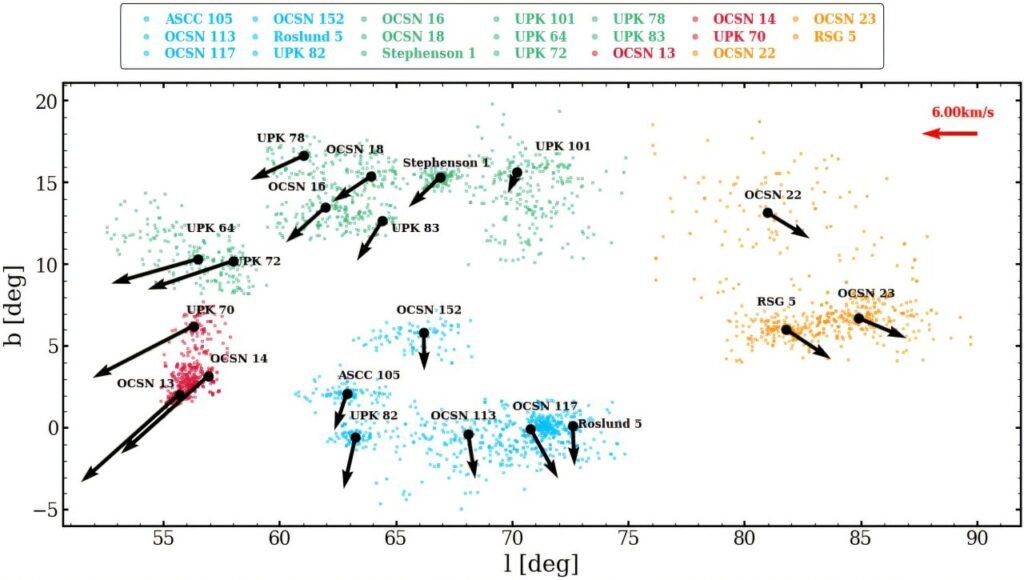
By mining this vast dataset, the scientists examined the three-dimensional positions, velocities, and ages of thousands of open clusters across the Milky Way. When they plotted this data in multi-dimensional parameter space, something extraordinary emerged: certain groups of clusters weren’t randomly distributed, but instead showed tightly correlated positions and movement patterns—hints of a shared past.
The most striking findings were in the G1 and G2 groups, whose members were not only spatially and kinematically linked, but also arranged in distinct ring-like and arc-like structures. Such shapes are not easily explained by random formation. Instead, they pointed to an external shaping force—something powerful enough to sculpt entire regions of interstellar gas. That force, the researchers propose, was a series of supernova explosions.
Triggering Creation Through Destruction
Supernovae are among the most violent events in the universe. When a massive star reaches the end of its life, it collapses in on itself and explodes outward with a force equivalent to billions of suns. These explosions do more than just destroy—they send shockwaves rippling through the interstellar medium, compressing gas and triggering the collapse of nearby clouds, thus initiating new waves of star formation.
In G1 and G2, the evidence for such a scenario is compelling. By constructing spatial correlation maps between the ages of the clusters and their distances from a central point—presumed to be the site of a supernova explosion—the researchers observed a clear age gradient. The clusters farther from the center were younger, suggesting that multiple waves of star formation were triggered in a chain reaction, as successive supernovae lit up the cradle cloud over a relatively short timespan.
This sequential pattern provides strong support for a feedback-driven model of hierarchical star formation, where each generation of massive stars sets the stage for the next, in a galactic dance choreographed by gravity and stellar death.
The Pulsar Connection: Tracing Supernova Remnants
To further test their hypothesis, the team turned to another set of cosmic relics: pulsars. These are the rapidly spinning, magnetized remnants left behind after certain types of supernova explosions. Pulsars act like celestial lighthouses, beaming radiation across space as they rotate. Importantly, they can also serve as breadcrumbs for astronomers tracing the footprints of ancient supernovae.
Using data from 607 pulsars, the researchers conducted a trajectory traceback analysis, essentially running the clocks backward to identify where each pulsar was born. Several of these trajectories intersected with the suspected supernova explosion sites for the G1 and G2 cluster groups. This spatial coincidence—between the pulsars’ birthplaces and the predicted supernova zones—lent further credibility to the idea that massive stellar explosions had sculpted these ancient structures.
Feedback and Formation: Rethinking Star Cluster Genesis
This discovery reshapes our understanding of how stars and clusters form on galactic scales. It challenges the traditional notion of isolated cluster formation and instead highlights the importance of feedback loops—especially supernova-induced compression—in shaping star-forming regions.
In essence, what the researchers have uncovered is a cosmic chain reaction: massive stars form within a GMC, explode as supernovae, and their shockwaves compress nearby gas, sparking the birth of new clusters. This process can repeat across tens or hundreds of light-years, leaving behind not just new generations of stars, but entire families of clusters with linked origins.
These findings also emphasize the non-linear, interconnected nature of galactic evolution. Star formation doesn’t happen in tidy isolation, but in fits and starts, influenced by energy, pressure, gravity, and time. The Milky Way itself becomes a dynamic ecosystem, where the death of one star seeds the birth of another in a continual feedback loop that stretches across billions of years.
Galactic Archaeology: Reading the Past Through Structure
What makes this study particularly powerful is that it opens a new chapter in the emerging field of galactic archaeology—the study of our galaxy’s past through the relics it has left behind. By identifying these OC groups and understanding their formation history, astronomers gain valuable insight into how stellar feedback has shaped the Milky Way’s spiral arms, stellar populations, and overall structure.
Moreover, this approach provides a template for analyzing other galaxies, especially with the upcoming data from next-generation telescopes like the Vera C. Rubin Observatory and the James Webb Space Telescope. These tools will allow researchers to peer into distant galaxies and search for similar patterns, helping to determine whether this feedback-driven, hierarchical formation is a universal phenomenon or unique to our own stellar neighborhood.
The Cosmos as a Story of Connected Lives
Perhaps the most poetic implication of this study is that it reinforces a profound truth about the universe: creation and destruction are deeply intertwined. Supernovae, the fiery ends of massive stars, are not just cosmic endings. They are also beginnings—catalysts for new worlds, new suns, and, in time, perhaps life.
Every atom in our bodies was forged in the hearts of stars and scattered into the universe by ancient explosions. Now, with studies like this, we begin to see that even the very arrangement of stars—those shimmering points of light we trace into constellations—may owe their existence to the dying breaths of stars long gone.
In the grand narrative of the cosmos, feedback is not just a mechanism. It is a memory, encoded in the shape of a cluster, the orbit of a pulsar, or the shimmering ring of newborn stars. And thanks to the tireless efforts of astronomers across the globe, we are beginning to read that memory with increasing clarity.
Reference: Guimei Liu et al, Formation and evolution of new primordial open cluster groups: Feedback-driven star formation, Astronomy & Astrophysics (2025). DOI: 10.1051/0004-6361/202452774

